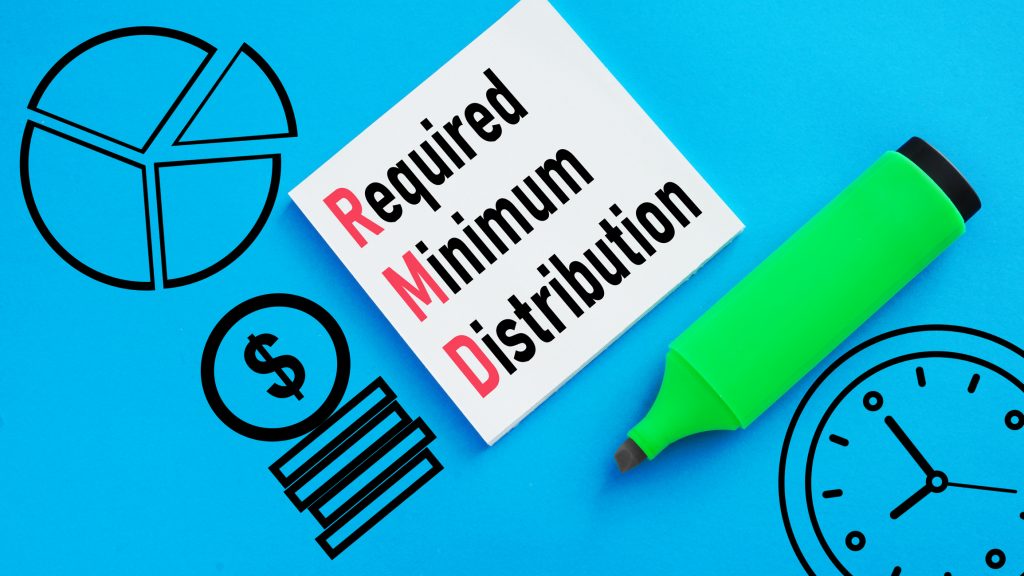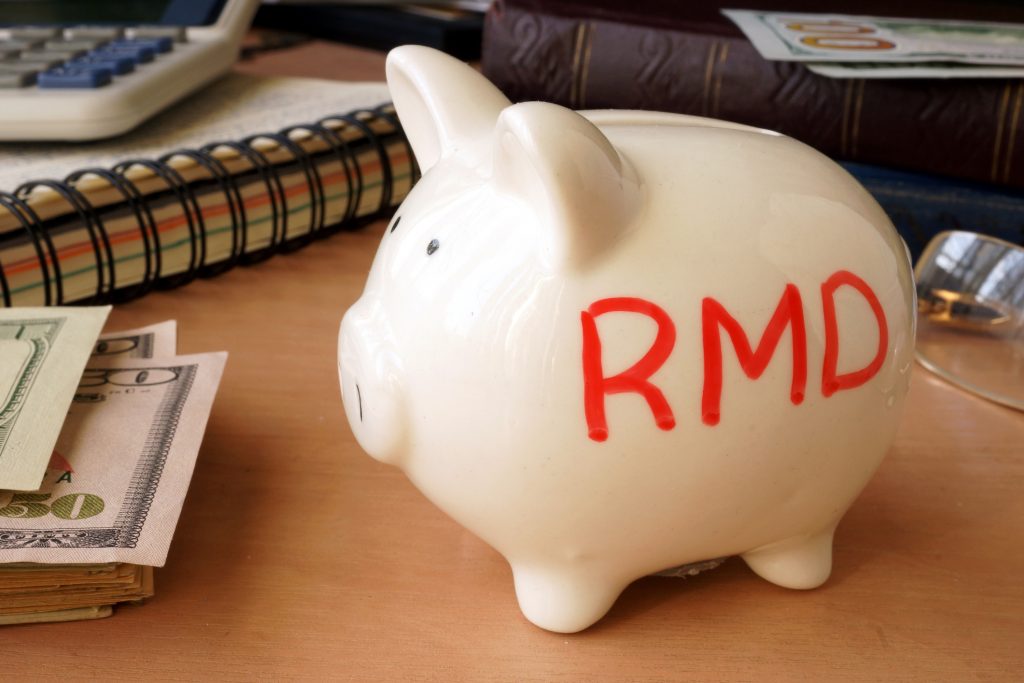There are countless reasons to save for retirement. How politics, technology, and a changing world will impact life over the coming decades is anyone’s guess. That alone should be reason enough to start retirement planning if you haven’t already. The unfortunate reality is that many people are retiring with too little.
According to the 2022 Survey of Consumer Finances, the median retirement savings for all families is $87,000. Savings typically peak at 65 to 74, with a median savings of $200,000. Using the 4% rule and contributions from supplementary income sources like Social Security and a modest pension, a couple may need as much as $1.2 million to retire comfortably.
Where to invest $1,000 right now? Our analyst team just revealed what they believe are the 10 best stocks to buy right now. Learn More »
It doesn’t take a mathematics degree to see the problem here.
Fortunately, if you’re actively working, most people still have time to make up ground and perhaps get ahead of the game. Individual retirement accounts (IRAs) are helpful investment vehicles that can help you save and grow your nest egg and come with tax benefits, depending on which type of IRA you have.
Saving $7,000 annually in an IRA could add up to over $1.2 million over 30 years. Saving that much won’t be easy, but here is the math behind it and how to get there.
The quick-start guide for choosing an IRA account
Like most things in life, IRA accounts come with choices. The two types of IRA accounts are traditional IRAs and Roth IRAs.
IRAs provide tax benefits for retirement savings. The government limits how much you can contribute. For 2025, annual contribution limits are $7,000 for traditional and Roth IRAs. Those 50 or older can contribute an additional $1,000 catch-up contribution aimed at helping older savers.
They also offer a lot of flexibility. You can buy various assets in an IRA. You can even invest in individual stocks, something you generally can’t do in an employer-sponsored plan like a 401(k).
However, traditional IRAs and Roth IRAs are taxed very differently. Your contributions to a traditional IRA aren’t initially taxed. The IRS deducts the contributions from your taxable income each year. Therefore, your money grows tax-deferred, and you’ll pay taxes on what you take from your IRA in retirement (distributions).
A Roth IRA provides no immediate tax break. Instead, the money grows tax-free, but your distributions are tax-free, too. That’s tremendous if your money grows a lot in your Roth IRA. Due to income limits, high earners aren’t eligible for a Roth IRA, but there are workarounds, such as a backdoor Roth IRA or mega backdoor Roth IRA.
Personal factors, such as your income and tax bracket, both now and later in life, can impact which type of IRA makes the most sense for you. Don’t hesitate to contact a tax professional if you need help choosing.
How $7,000 per year over 30 years can grow to $1,273,603
Now, if you’ve done the math, saving $7,000 per year for 30 years is a total savings of $210,000, not $1,273,603.
That’s where investing comes in. When you put your money to work in the stock market, the returns it generates do most of the heavy lifting over the years. The best part is that you don’t need to take many risks to do well. Investing always involves at least some risk, but the S&P 500, an index of 500 of America’s most prominent companies, has proven trustworthy.
Since the modern version of the S&P 500 index launched in 1957, the index has overcome recessions, wars, elections, and a global pandemic to deliver new all-time highs:
As you can see, the market doesn’t always go up. Sometimes, it goes down quite a lot. Yet, if you average it all out, the index has returned an average of 10% annually over the past 50 years. You can invest in low-cost funds that track the S&P 500, like the Vanguard S&P 500 ETF.
If you were to invest $7,000 annually (the IRA’s current annual limit) for 30 years and generate those same 10% annualized returns, you’d wind up with, you guessed it, $1,273,603.
That doesn’t even factor in the additional $1,000 catch-up contribution for older savers or the government’s increases to the annual contribution limit to keep up with inflation. The annual contribution limit was only $2,000 about 30 years ago, so it should continue to rise over time.
Don’t feel discouraged if you can’t hit that $7,000 goal. Making an effort is (unfortunately) more than many people do. So, consider using an IRA instead of ignoring your retirement and robbing yourself of the time your money could grow. Your wealthier future self will appreciate it.
The $22,924 Social Security bonus most retirees completely overlook
If you’re like most Americans, you’re a few years (or more) behind on your retirement savings. But a handful of little-known “Social Security secrets” could help ensure a boost in your retirement income. For example: one easy trick could pay you as much as $22,924 more… each year! Once you learn how to maximize your Social Security benefits, we think you could retire confidently with the peace of mind we’re all after. Simply click here to discover how to learn more about these strategies.
View the “Social Security secrets” »
Justin Pope has no position in any of the stocks mentioned. The Motley Fool has positions in and recommends Vanguard S&P 500 ETF. The Motley Fool has a disclosure policy.
 fool.com
fool.com marketbeat.com
marketbeat.com benzinga.com
benzinga.com




